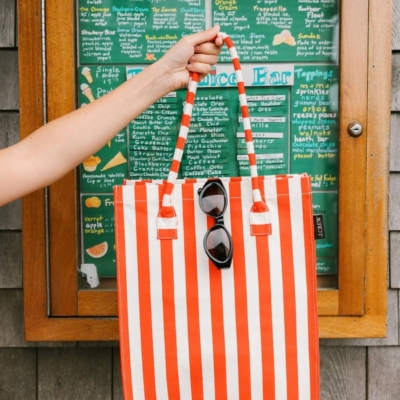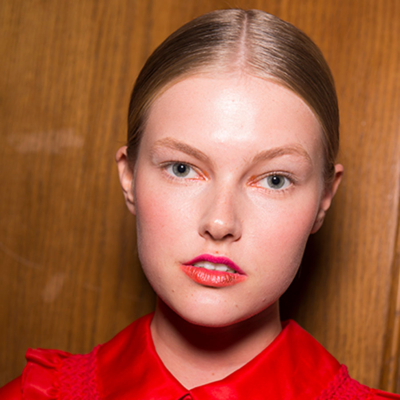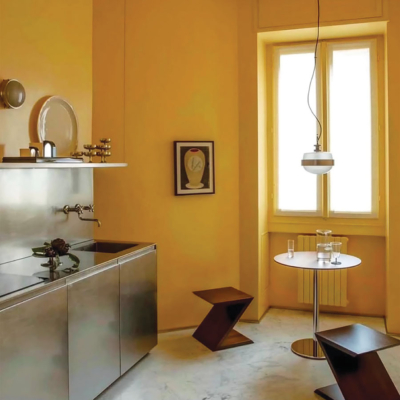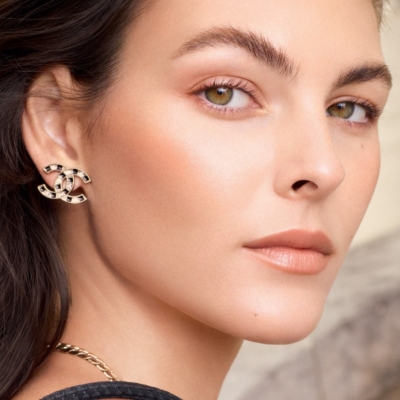One of the effects of lockdown last summer was that I tackled all the jobs I had been meaning to do all winter and was feeling guilty about – moving plants around to new spots – creating new areas, sowing seeds, and planting, planting, planting. As soon as the homeschooling was over, I was out in the garden for an orgy of digging until dusk when I fell into bed aching all over.
A year later and I have had time to study my new arrangements and guess what? I am not happy! Out they come again, but this time I have a clearer idea of what I am aiming for. Either they did not turn out quite as I had imagined – the contrasting colours or shapes weren’t right – or I had changed my ideas in the meantime. I had a winter of poring over books and gardening mags, thinking about what I want to achieve. But that’s the wonderful thing about plants rather than newly painted rooms or curtains – you can move them round whenever you like, creating completely new effects. Gardening is a gradual progression and nothing is ever fixed, which is why it’s so endlessly absorbing.
June is the month when borders start to come into their own – the moment we have been longing and planning for. The term “border” sounds almost old hat these days. Not many of us have space for long old-fashioned borders ideally flanking a path. Grids, swathes, sections or even just pockets of perennial planting in geometric or naturalistic sweeps are more common these days.
Whatever we want to call them, we all yearn for a bit of that soft herbaceous magic, however small our plots may be. But the dilemma, with so many ideas out there, is what style of planting to plump for? Will it be prairie-style planting with grasses glinting in the evening sun? Or a glorious jumble of cottage-style plants, shrubs and roses mixed in – foxgloves, lavender, phlox and delphiniums? An Arne Maynard romantic tangle of pale pinks and purples, looking natural and haphazard when we know perfectly well a huge amount of thought and trouble has gone in to making it appear as if it has all come together quite by chance? Like a beautiful girl’s “ just got out of bed” look. Or more formal, with long-flowering subjects neatly repeated in a carefully considered orchestrated “river” – Nepeta, Lambs’ ears, sedum, aster, repeat! June, July, August, September all taken care of.

I use different styles of planting depending on site, place and atmosphere. I try to pick something that feels right for that particular spot and chimes with whatever else is going on – the style of the buildings, the surrounding landscape. But once I have decided, I never stick completely rigorously to the brief I’ve made for myself! I subvert it a little to make it feel a bit surprising so people look twice. These are some tricks I use to prevent the scheme looking too “set piece” …
Mix up the shapes with something striking and architectural. Texture and form are important in a border – it’s not just all about colour! So if you have space to boldly introduce something surprising, go for it! I like adding cardoons (Cynara cardunculus) to the mix. I love their unfurling spiky-edged leaves and silvery hue, impressive size and classical shape. They provide a focus and a foil for the rest of the planting. At Glin, I have planted Echium pininana at the back of the border. If it’s all getting a bit tasteful, or boring, these towering biennials will give people a thrill. In the space of a month they shoot up and extend at a rate of knots to become a towering three-metre blue spike of thousands of tiny blue flowers, a honeypot for buzzing bees and insects. Native to the Canary Islands, they love the west of Ireland or sheltered Dublin gardens and seed prolifically.
On a slightly more human scale, there are an array of tall, striking spikes which provide vertical accents and break up the background haze of a border. Veronicastrum virginicum (Culver’s root) – the white variety stands out the most – and the not so often used Lysimachia ephemerum, an early June-flowering plant whose strong white spikes add a wonderful graphic vertical line to any planting scheme. Foxgloves also achieve this and the more unusual perennial, Digitalis ferruginea, which is narrow and straight and a warm rust colour that goes with everything. Its dessicated black spike looks chic and interesting all through the winter, like a tall, etiolated supermodel.

These spiky contrasts look wonderful set against a gauzy, hazy background. Top plant for this effect is Verbena bonariensis. It may be everywhere but that’s because it is the most fantastic doer, flowering all summer on strong stems which hold up a purple haze of small flowers. Gaura comes second (my favourite is “Whirling Butterflies”) and it is just as its name sounds: a soft cloud of romantic white or shell pink all summer until the frosts come – people actually sigh on seeing it.
Grasses also achieve that softness. My top three are Stipa gigantea (Golden oat grass) which I put at the back of a border to hide the dull leaves at the base. Tall stems hold up glittering heads in the late summer sun which dance over blockier plants beneath and lighten everything up. Deschampsia cespitosa “Goldtau” is lower to the ground and creates the most wonderful swathes of gold. The toughest of the tough Pheasant grass, Stipa Anamethele lessoniana, goes a rosy haze of pink in August and September and looks fabulous with sedums.
Finally, our spun-sugar effect needs some more stolid saturated blocks or dots of colour to hold it all together. These are provided by the old border stalwarts: phlox (my favourite is “Blue Paradise”) and Campanula lactiflora varieties. I often include roses, though of course they are not perennials, but who said there were rules? Don’t forget the gloriously long-flowering tough hybrid musk varieties Rosa “Felicia”, “Penelope” and “Cornelia” – all hardworking ladies! Some old favourites never go out of fashion.
Catherine FitzGerald is a landscape designer based between London and Glin Castle, Limerick.











